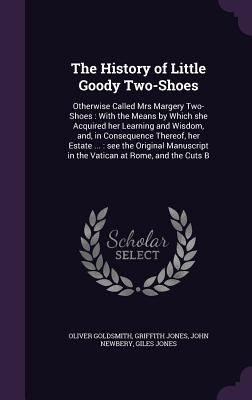All Formats & Editions
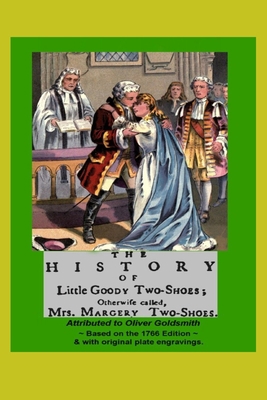
THE HISTORY OF LITTLE GOODY TWO-SHOES; Otherwis...

THE HISTORY OF LITTLE GOODY TWO-SHOES; Otherwis...
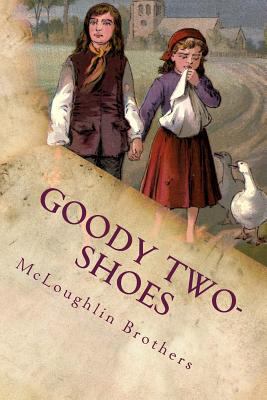
Goody Two-Shoes: Illustrated
Goody Two-Shoes is a variation of the Cinderella story. The fable tells of Goody Two-Shoes, the nickname of a poor orphan girl named Margery Meanwell, who goes through life with only one shoe. When a rich gentleman gives her a complete pair, she is so happy that she tells everyone...

The History of Little Goody Two Shoes
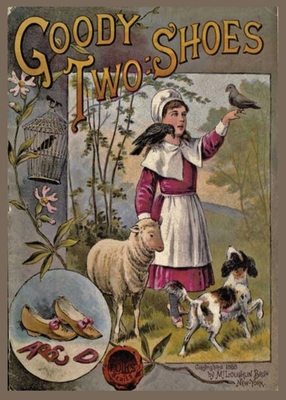
Goody Two Shoes by John Newbery: Little Two Shoes
Goody Two-Shoes is a variation of the Cinderella story. The fable tells of Goody Two-Shoes, the nickname of a poor orphan girl named Margery Meanwell, who goes through life with only one shoe. When a rich gentleman gives her a complete pair, she is so happy that she tells...
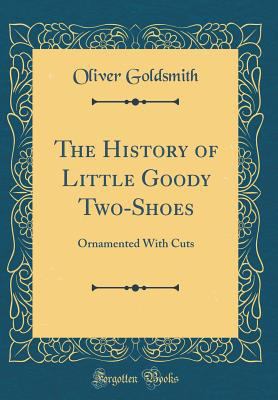
The History of Little Goody Two-Shoes: Ornament...

Goody Two-Shoes : A Facsimile Reproduction of t...
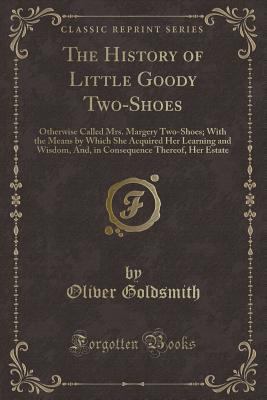
The History of Little Goody Two-Shoes: Otherwis...
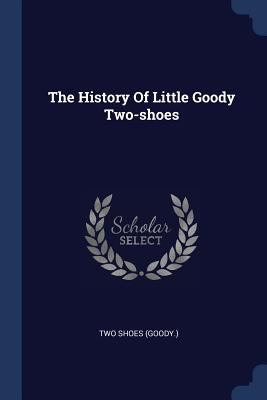
The History Of Little Goody Two-shoes
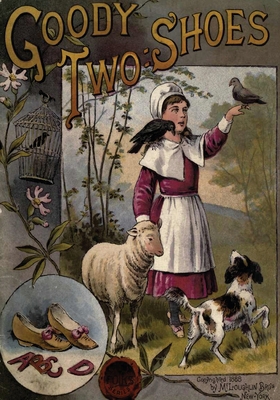
Goody Two Shoes
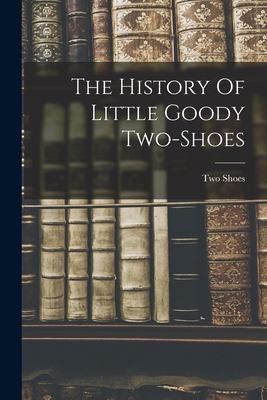
The History Of Little Goody Two-shoes
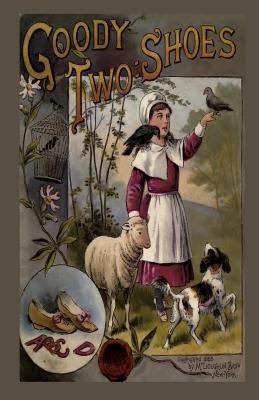
Goody Two Shoes
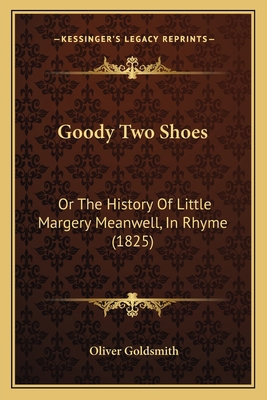
Goody Two Shoes: Or The History Of Little Marge...
Goody Two Shoes: Or The History Of Little Margery Meanwell, In Rhyme is a children's book written by Oliver Goldsmith and published in 1825. The story follows the life of a young girl named Margery Meanwell, who is orphaned at a young age and raised by a kind-hearted clergyman...
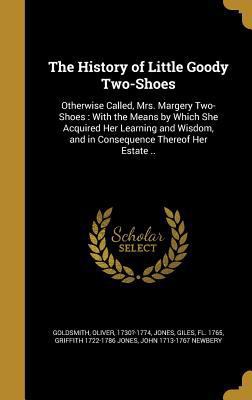
The History of Little Goody Two-Shoes: Otherwis...

The Story Of Little Goody Two Shoes

Goody Two Shoes
In the reign of good Queen Bess, there was an honest, industrious countryman named Meanwell, who, living under a hard landlord, was cruelly turned out of his little farm, which had enabled him to support a wife and two children, called Tommy and Margery.
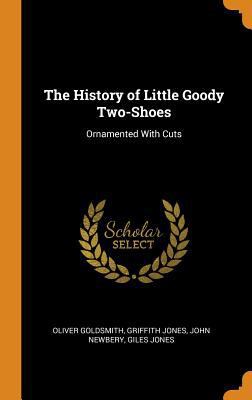
The History of Little Goody Two-Shoes: Ornament...
This work has been selected by scholars as being culturally important and is part of the knowledge base of civilization as we know it. This work is in the public domain in the United States of America, and possibly other nations. Within the United States, you may freely...
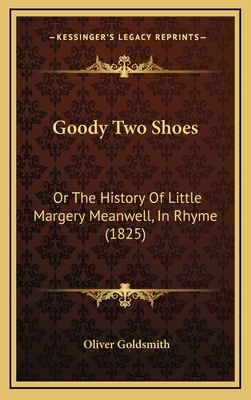
Goody Two Shoes: Or The History Of Little Marge...
Goody Two Shoes: Or The History Of Little Margery Meanwell, In Rhyme is a children's book written by Oliver Goldsmith in 1825. The story follows the life of a young orphan girl named Margery Meanwell, who is left with only one shoe after her father's death. Margery is taken in...

Goody Two Shoes
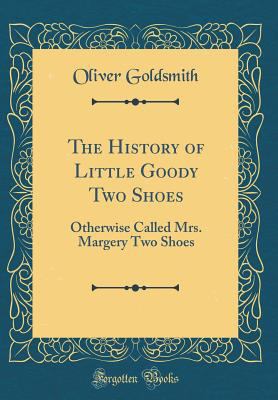
The History of Little Goody Two Shoes: Otherwis...
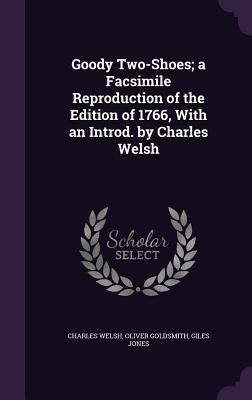
Goody Two-Shoes; a Facsimile Reproduction of th...
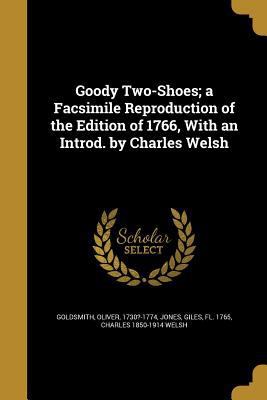
Goody Two-Shoes; a Facsimile Reproduction of th...

Goody Two-Shoes
Farmer Meanwell was at one time a very rich man. He owned large fields, and had fine flocks of sheep, and plenty of money. But all at once his good fortune seemed to desert him. Year after year his crops failed, his sheep died off, and he was obliged to borrow money to pay his...
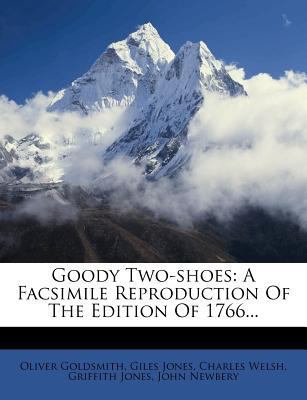
Goody Two-Shoes: A Facsimile Reproduction of th...
This is a reproduction of a book published before 1923. This book may have occasional imperfections
such as missing or blurred pages, poor pictures, errant marks, etc. that were either part of the original artifact,
or were introduced by the scanning process. We believe...
